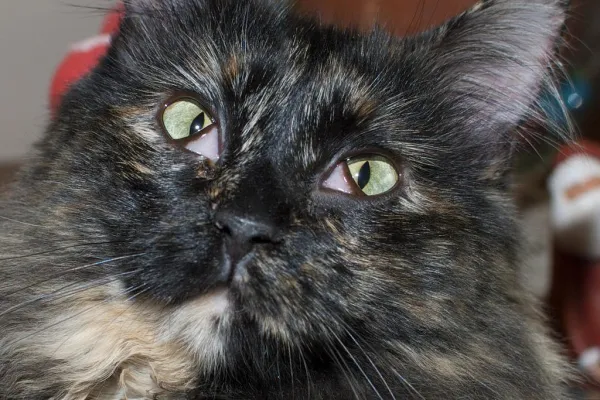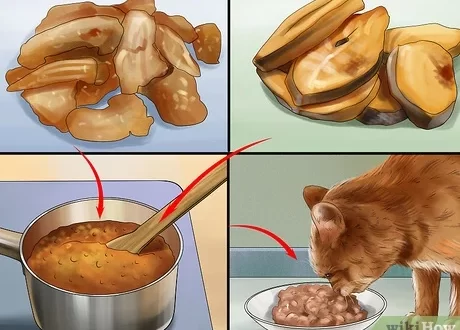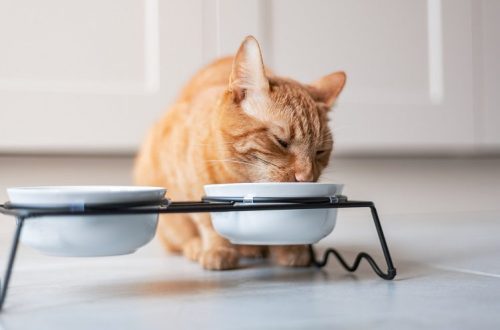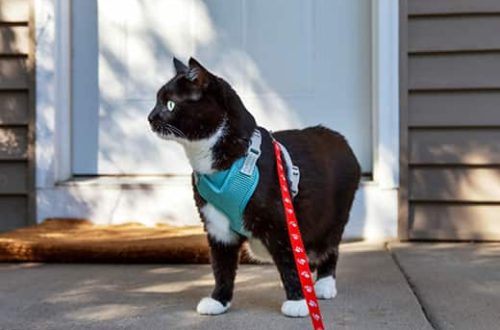
Inflammation of the third eyelid in a cat: causes and treatment
The third eyelid in a cat is not just an aesthetic problem. This can be a serious pathology leading to various diseases, as well as a decrease in vision in an animal.
The fold of the conjunctiva, called the third eyelid, is located in the corner of the eye and consists of a thin mucous membrane – the nictitating membrane. In a normal state, the nictitating membrane lines the inside of the eyelid, and also envelops the eyeball. It moisturizes the cornea and cleanses the eyes of dust and specks.
Contents
Causes of pathology
If the third eyelid covers the eye slightly, there are no redness, swelling and inflammation, then this may not always be a symptom of a serious illness. This phenomenon can even be caused by weight loss. If the third eyelid is pronounced, then you should consult a doctor.
The cause of third eyelid prolapse in a cat can be:
- fungal, viral or bacterial infections,
- problems with internal organs,
- irritation, which is one of the top 6 eye problems in cats,
- anatomical features,
- taking antibiotics,
- inflammatory processes in the ears,
- allergy,
- hormonal disruptions,
- weakening of the muscles around the eyeball, which also hold the third eyelid,
- serious head injury
- worms and other parasites
- foreign body in the eyes
- conjunctivitis,
- benign tumor of the third eyelid – adenoma,
- atrophy of the eyeball.
Symptoms of the disease
If the third eyelid is constantly visible in a cat and it almost completely closes the eye, this is considered a pathology. In this case, the pet experiences discomfort, tries to clear its eyes, worsening the situation. The eyes may become red, watery, and swollen.
The main symptoms of the disease:
- redness, increase in the size of the fold,
- swelling,
- lacrimation
- purulent / mucous discharge,
- spasm of the eye muscles
- temperature rise,
- the constant presence of the third eyelid on the eyeball.
In addition, the appearance of the third eyelid may be a symptom of the onset of cat flu. Especially if the animal’s temperature rises and intestinal problems begin.
Treatment of the disease
If a cat has a third eyelid, you need to contact a veterinarian who will conduct the entire range of examinations:
- visual inspection,
- PCR diagnostics,
- complete and biochemical blood tests,
- ultrasound examination of the eyeball and its surrounding tissues,
- special CT and MRI tests,
- x-ray to rule out the presence of tumors.
Usually, the treatment of third eyelid prolapse in a cat is aimed at eliminating the causes of its occurrence. The doctor may prescribe antifungal or antiviral drugs, the task of which is to suppress the development of pathogenic microorganisms. Also, the animal is prescribed antipyretic and painkillers.
Eye injuries are treated with anesthetic drops and eye wash. Surgery is prescribed only in extreme cases. For example, when prolapse of the third eyelid is caused by a genetic predisposition, a prolapse operation may be performed.
What to do at home
After consulting with a veterinarian, you must strictly follow his recommendations. In no case should you prescribe treatment to a cat yourself and use drugs without the appointment of a veterinarian.
Preventive measures will help reduce the risks of such pathology. To do this, the pet needs to be timely vaccinated, regularly treated for parasites, and also not to forget about preventive visits to the doctor and individually selected nutrition.
See also:
- Why do cats have watery eyes?
- The Importance of Cat Health – From Kitten to Healthy Cat
- Choosing a veterinarian
- Why does a cat sneeze





